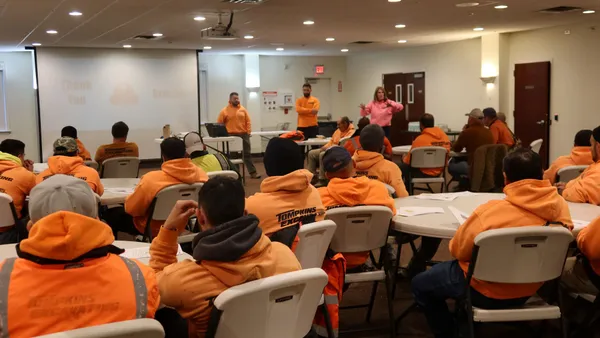Dive Brief:
- Developer HFZ has secured one of the largest condominium financing packages of the past decade for the $1.9 billion, Bjarke Ingels–designed Eleventh condominium project in New York City, according to The Real Deal.
- The Children's Investment Fund, based in the U.K., is the lender for the 950,000-square-foot mixed-use project, which will take up a full block in the Chelsea neighborhood of Manhattan between the High Line linear park and the Hudson River. The complex, according to Commercial Property Executive, will include two towers — one at 34 stories and the other at 25 stories — which will have the appearance of twisting around each other.
- HFZ has reportedly been looking for financing for the last 18 months. The CIF loan makes it possible for the developer to begin pre-sales later this year, with construction set for completion in 2019.
Dive Insight:
The CIF loan follows a growing trend of alternative financing for projects, as traditional bank loans have been hard to come by for many developers. In fact, CIF has financed other large Manhattan projects, including 35 Hudson Yards.
Eric Lemont, real estate partner at Sullivan & Worcester in Boston, told Construction Dive last month that construction loans fall under the category of high volatility commercial real estate, which are subject to stricter banking regulations. This, he said, has traditional lenders pulling back when it comes to construction financing.
In addition, the Federal Reserve warned lenders back in February that there could be a bubble ahead for the luxury condominium market — amid concerns over stagnating rents and a potential glut in supply — and cautioned them to scrutinize commercial loans.
One source of reliable financing has been the EB-5 visa program. This program allows foreign investment of $500,000 to $1 million in exchange for a place at the front of the green card application processing line. Related Cos., the developer of the $26 billion Hudson Yards development, has been a big user of the program and has lobbied Congress extensively for its continuation and expansion. The program was set to expire on April 28, but Congress extended it through September.














